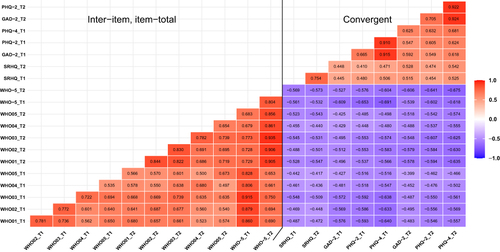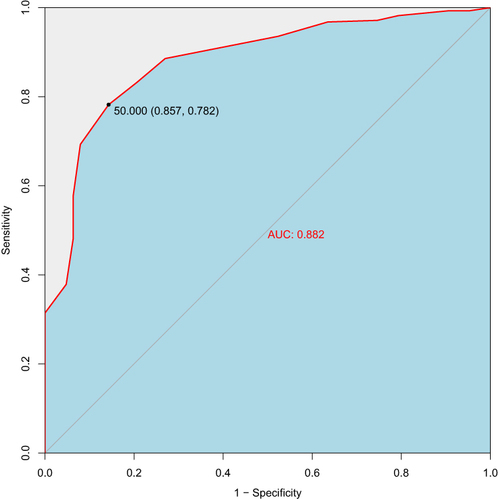Figures & data
Table 1 Sociodemographic Variables (N = 343)
Table 2 Model Fit Indices of the Single-Factor Model for the WHO-5-C (N = 343)
Table 3 Cross-Sectional Measurement Invariances of the WHO-5-C (N = 343)
Table 4 Longitudinal Measurement Invariances of the WHO-5-C (N = 343)
Figure 1 Inter-item and item-total correlations between the Chinese WHO-5, PHQ-4, and SRHQ (N=343).

Table 5 Internal Consistency and Test–Retest Reliability of the WHO-5-C, SRHQ, and PHQ-4-C (N = 343)
Table 6 Sensitivity and Specificity of the WHO-5-C for Identifying Well-Being in Healthcare Students (N = 343)

